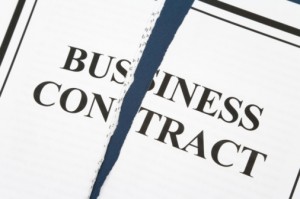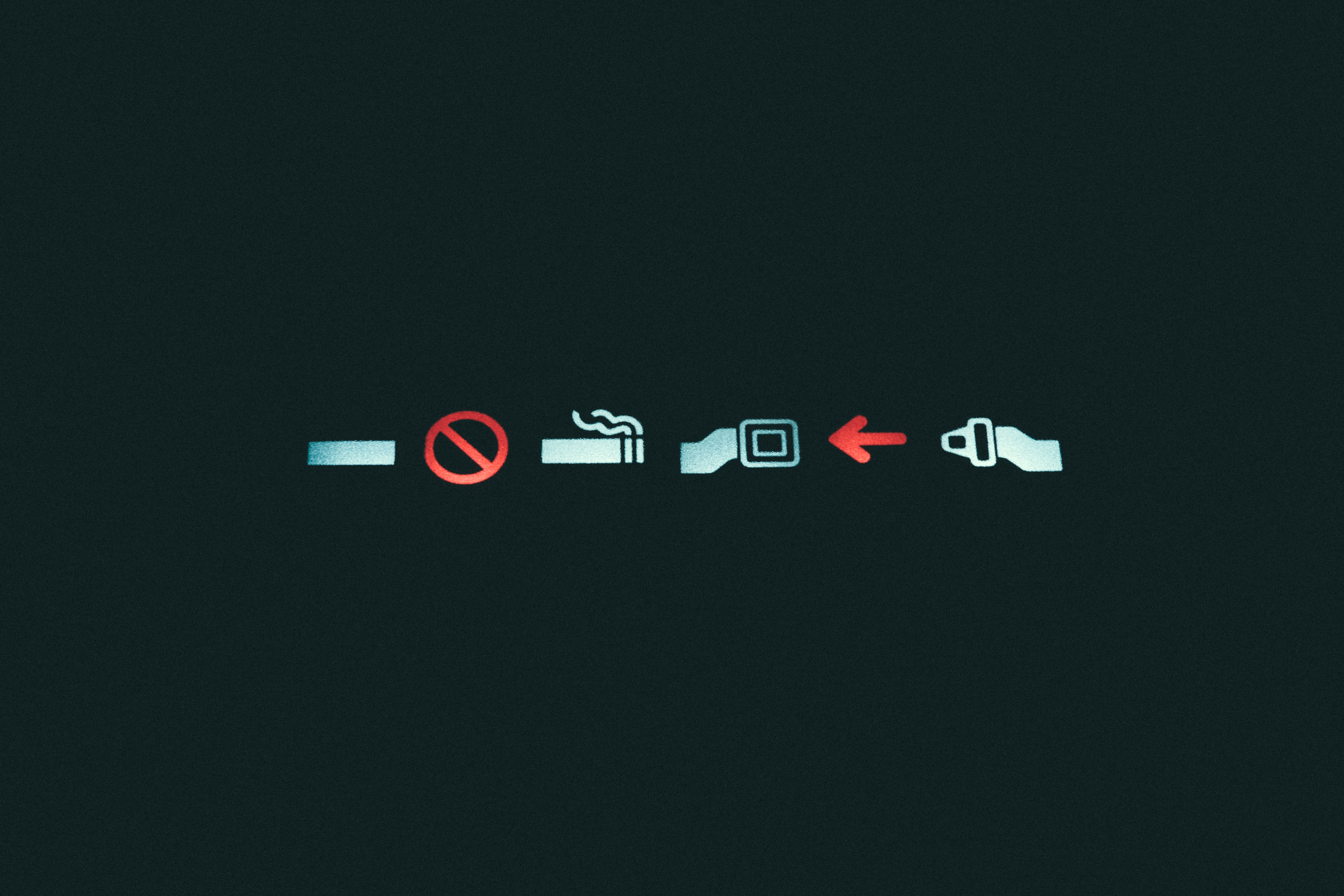At any given time in an average workday, there are e-mails to be answered, phone calls to return, and projects to manage. Multitasking is the art of working on a little of this and a little of that with a little more of that other thing in between. It’s not literally doing two or more things at the same time – which is not technically possible – but rather juggling multiple things in the same block of time (say, writing two e-mails, writing some of a report, and updating a spreadsheet all within 30 minutes).
The word “multitasking” appears in just about every job ad as a mandatory requirement for hire. Employers want to get the most work out of their employees as possible to maximize return on investment. The assumption is that the more tasks a worker can complete in a set amount of time, they more productive they are. As this trend grows, American employees are adopting this strategy as the norm.
Table of Contents
Quantity does not equal quality
 While employers go on satisfied that their employees are capable of rapidly switching between tasks, something is wreaking havoc on their well-laid plans. Projects are getting delayed, deadlines are passing by and revenue is going down. Employees’ brains are getting tired and they’re feeling less like they can keep up with their responsibilities.
While employers go on satisfied that their employees are capable of rapidly switching between tasks, something is wreaking havoc on their well-laid plans. Projects are getting delayed, deadlines are passing by and revenue is going down. Employees’ brains are getting tired and they’re feeling less like they can keep up with their responsibilities.
Despite popular opinion that multitasking is the corporate ideal, all this back and forth may actually be making employees less productive. The brain can effectively handle two tasks at the same time – one for each side of the brain. But more than that and the quality of work becomes abysmally low. The French study that discovered these parameters came forward with this advice: for the best results, limit tasks to two at a time, maximum, and give at least 20 minutes before switching tasks.
The ultimate concentration killer?
Brains that are accustomed to multitasking are less effective at the tasks they tackle – even when they only work on one task at a time. Stanford University researchers demonstrated this by giving around 100 college students a series of experiments, one requiring them to switch between tasks. The students also had to filter information and apply their working memory in additional experiments. The students were put into two groups: those who do a lot of media multitasking, and those who don’t. Surprisingly, students who frequently multitasked, performed worse at switching tasks than those who more often worked on single tasks. And even when working on a single task, the “chronic multitaskers” were less efficient.
 There are practical reasons why multitasking (or, more accurately, “task switching”) may not be the best way to get things done. Interrupting one task to tend to another disrupts the flow of thought on each task. This can lead to more errors and deliverables that turn out disjointed and incomplete. Even though switching tasks may take less than a second, continuous switching of tasks throughout the day can result in up to a 40 percent loss in individual productivity – and for businesses, billions of dollars in revenue each year.
There are practical reasons why multitasking (or, more accurately, “task switching”) may not be the best way to get things done. Interrupting one task to tend to another disrupts the flow of thought on each task. This can lead to more errors and deliverables that turn out disjointed and incomplete. Even though switching tasks may take less than a second, continuous switching of tasks throughout the day can result in up to a 40 percent loss in individual productivity – and for businesses, billions of dollars in revenue each year.
One at a time
Multitasking is not the Holy Grail of resume boosters. It shouldn’t necessarily be banned from the corporate vocabulary – a little multitasking, such as that prescribed by researchers of the French study, is OK. But it is better long-term for the brain – the organ that allows employees to do their work – to keep multitasking to a minimum. Asking employees to do too much in too little time has its hidden costs. Reversing the damage within your organization will require a change corporate culture and an emphasis on priorities, as some businesses have already experimented with. As more research comes to light, job seekers may be better off tweaking their resume to emphasize their ability to focus on one thing at a time.







